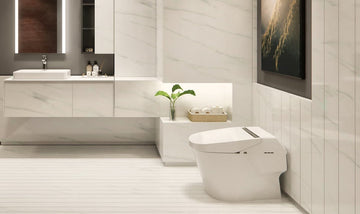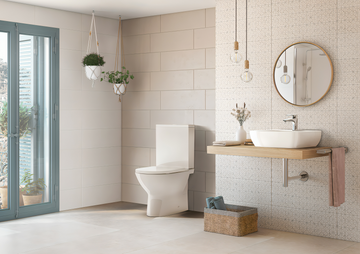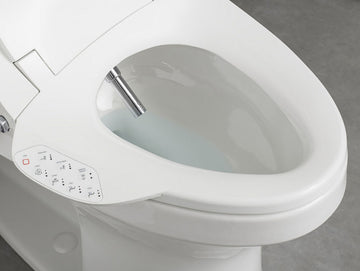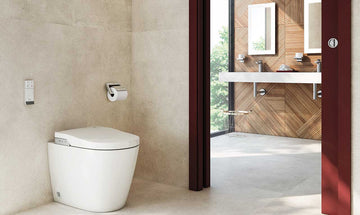The world of sanitation has witnessed remarkable advancements over the years, and at the forefront of these developments are self cleaning toilet innovations. These cutting-edge technologies are revolutionizing the way we approach bathroom hygiene and maintenance, providing an unparalleled level of convenience and cleanliness.
For industry professionals in Quality Assurance (QA), understanding the intricacies of these innovations is crucial. The demand for smarter, more efficient, and environmentally friendly solutions is growing, and self-cleaning toilets are a significant part of this evolution.
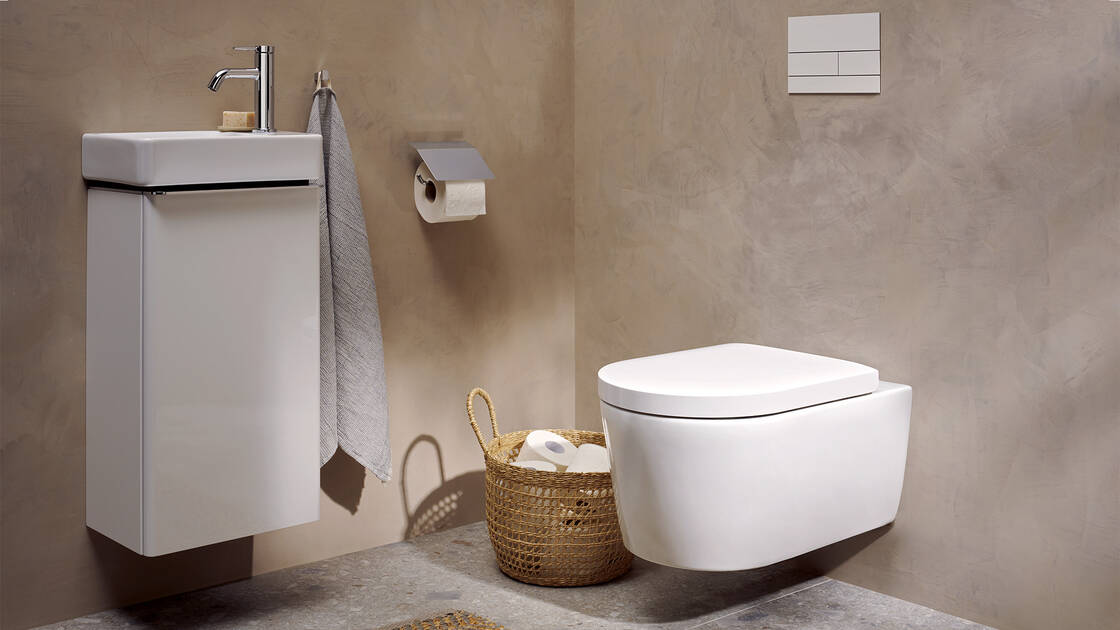
The Rise of Smart Toilet Technology
Smart toilets have become synonymous with innovation in the bathroom industry. With features like automated cleaning systems, touchless operations, and built-in sensors, these toilets offer a glimpse into the future of home and commercial bathroom experiences. The integration of Internet of Things (IoT) technology in toilets has further enhanced their functionality, allowing users to control and monitor their bathrooms remotely.
One of the key elements of self-cleaning toilets is their ability to maintain hygiene standards without manual intervention. These toilets often utilize advanced cleaning agents, UV light, and automatic flushing mechanisms to ensure a germ-free environment. For instance, some models include a pre-mist feature that wets the bowl before use, reducing the likelihood of waste sticking to the surface.
Benefits of Self Cleaning Toilet Innovations
The benefits of self-cleaning toilets extend beyond mere convenience. They offer a plethora of advantages that align with the needs of modern users and industry QA professionals:
- Enhanced Hygiene: The automatic cleaning processes significantly reduce the risk of bacterial growth and spread, ensuring a safer environment.
- Water Efficiency: Many self-cleaning toilets are designed to minimize water usage, making them an eco-friendly choice. Learn more about water-efficient toilet innovations.
- Cost-Effectiveness: While the initial investment may be higher, the reduced need for cleaning supplies and maintenance can lead to long-term savings.
- Comfort and Convenience: With features such as heated seats, deodorizing functions, and customizable settings, these toilets enhance user comfort.
Challenges in Implementing Self Cleaning Toilets
Despite the numerous advantages, there are challenges that come with the implementation of self-cleaning toilets. Industry QA professionals must be aware of these to ensure successful integration:
- High Initial Cost: The advanced technology and materials used in these toilets contribute to a higher upfront cost compared to traditional models.
- Complex Installation: The installation process may be more complicated, requiring professional assistance and potentially longer timelines.
- Technical Issues: As with any technology, there is the potential for malfunctions or software glitches, which could impact performance.
Innovations Driving the Future of Self-Cleaning Toilets
The future of self-cleaning toilets is bright, with numerous innovations on the horizon. Key areas of focus for manufacturers and QA professionals include:
- Advanced Sensors: Improved sensor technology will allow toilets to better detect and respond to user needs, enhancing both hygiene and user experience.
- AI Integration: Artificial Intelligence (AI) can personalize toilet settings based on user preferences and usage patterns.
- Blockchain Technology: While still in its early stages, blockchain could play a role in secure data management for smart toilets.
For more on the latest trends and innovations in toilets, check out this comprehensive guide.
Conclusion
As the demand for improved hygiene and convenience continues to grow, self cleaning toilet innovations represent a pivotal step forward. For industry QA professionals, staying informed about these advancements is essential for ensuring quality and meeting consumer expectations. With ongoing research and development, the future of self-cleaning toilets promises even greater breakthroughs, ultimately transforming our approach to sanitation.

FAQs
What is a self-cleaning toilet?
A self-cleaning toilet is equipped with automated systems that clean the bowl and maintain hygiene without manual intervention, often using UV light, advanced cleaning agents, and automatic flushing.
Are self-cleaning toilets environmentally friendly?
Yes, many self-cleaning toilets are designed to use less water and reduce the need for chemical cleaning agents, making them an eco-friendly option. For more insights, visit our insights page.
What are the main challenges with self-cleaning toilets?
The primary challenges include high initial costs, complex installation processes, and potential technical issues. Industry QA professionals play a crucial role in addressing these challenges to ensure effective implementation.
This article contains affiliate links. We may earn a commission at no extra cost to you.


